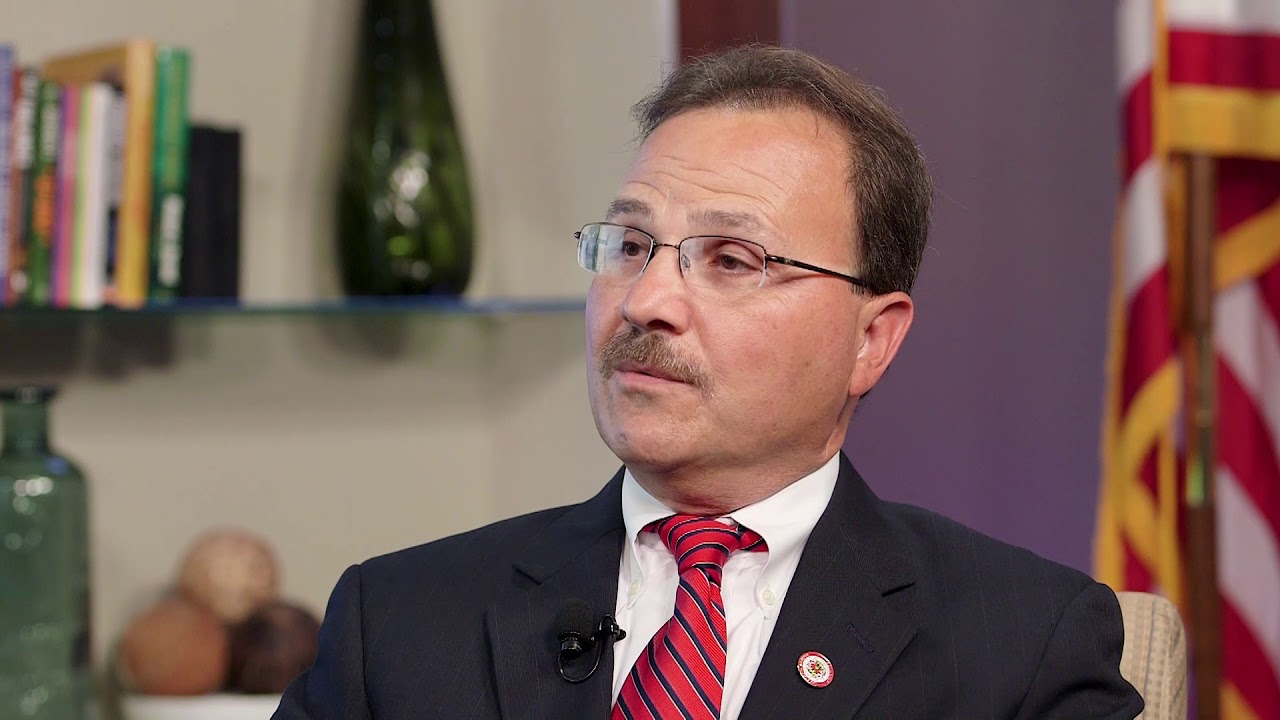Ginnie Mae’s recent proposal to impose liquidity and risk-based capital requirements on their single-family issuers is the right approach for ensuring the long-term financial stability of this segment of the housing finance system.
Unlike lenders or servicers for Fannie Mae and Freddie Mac, Ginnie Mae issuers are responsible for passing along payments to investors after borrower equity, federal agency and mortgage insurance resources are exhausted. If those issuers fail, Ginnie Mae is ultimately responsible for making those investor payments.
Immense structural changes to the Ginnie Mae issuer landscape have occurred since 2008, posing significant potential risk to the agency. As depository institutions retreated from the mortgage market following the crisis for a number of reasons, including the loss of appetite for holding highly volatile and less liquid mortgage servicing rights (MSRs), nonbank financial institutions eagerly filled that gap.
Unlike depositories, nonbanks do not face the same level of safety and soundness scrutiny as federally regulated depositories. That has enormous implications for the risk profile of these firms and for the broader housing finance system as they lend and service not just Ginnie Mae loans but also GSE-eligible mortgages.
By contrast, depository institutions face significant oversight by safety and soundness regulators in multiple areas such as capital requirements, liquidity, credit and operational risk, to name but a few. In the years following the crisis, for example, bank capital requirements rose substantially including imposition of a 250% risk weight on MSRs, which effectively dealt a death blow to bank incentives to hold this asset.
Here’s the key to true, sustainable efficiency in the mortgage industry
While the recent movements in interest rates may provide some additional refinancing volume and an ability to take another bite at the apple, rates will undoubtedly rise in the coming years. The industry knows this and is looking for ways to increase profitability while preserving origination volume optionality.
Presented by: SitusAMC
Nonbanks’ great reliance on external sources of funding from other counterparties such as warehouse lines and repurchase agreements that can evaporate during a liquidity crisis like the one triggered by the financial crisis of 2008 also makes these firms riskier in terms of liquidity. Nonbank funding tends to be short-term in nature and coupled with a relatively limited number of funding sources can spell doom for a company if they get into trouble.
Think back to Countrywide Financial Corporation’s liquidity crisis in 2008 when they struggled to gain access to funding, which ultimately led to their demise and eventual purchase by Bank of America, as a cautionary tale for the current set of nonbank financial institutions if another mortgage crisis were to unfold in the future.
Beyond having far less stable funding sources, the balance sheets of most nonbank issuers are concentrated in MSRs, a notoriously unstable asset that even the best and most analytically sophisticated firms have been challenged to successfully manage over the long-term. Valuation of MSRs is a tricky business, with heavy reliance on accurate assessments of prepayments from analytical models, which, if misestimated, can blow a gigantic hole in a company’s balance sheet and/or its MSR hedging program.
Another concerning aspect of nonbank financial institutions is the quality of their loan manufacturing processes. In a statistical analysis of GSE-eligible mortgage loan default, controlling for borrower, property, loan, and product characteristics over time, I found that loans originated between 2012-2015 by nonbank lenders were 1.9 times more likely to become 90 days past due or worse than loans originated by other lenders.
While these results are not specific to Ginnie Mae loans, the operational processes used to originate loans for the GSEs and government mortgage programs are comparable. A lack of regulatory oversight into the operational processes used for loan origination and servicing of nonbanks is why Ginnie Mae’s proposal is sorely needed to level the playing field in terms of financial viability requirements of issuers.
The imposition of risk-based capital requirements on private mortgage insurers via Private Mortgage Insurer Eligibility Requirements (PMIERs) by the GSEs also serves as a reasonable precedent for imposing liquidity and capital requirements on critical nonbank counterparties in the housing finance system by Ginnie Mae.
Not unlike Ginnie Mae nonbank issuers today, mortgage insurance companies resisted the new risk-based requirements, but once imposed, ultimately came to embrace the new rules as they significantly bolstered the stability of that industry that was shaken to the core during the crisis.
Superior mortgage loan performance of mortgages originated after the 2008 crisis to a large degree has provided Ginnie Mae with some breathing room to get their arms around the nonbank risk issue. However, the agency understands that the increase in and concentration of nonbank lenders and servicers of government loans over the last decade poses notable risk to Ginnie Mae should another crisis come along.
Ginnie Mae’s proposal to strengthen liquidity and capital requirements of its single-family issuers is thus a prudent step in establishing a level playing field between depositories and nonbank financial institutions. It’s not surprising nonbanks are up in arms over this proposal, as their regulatory oversight is far different than that of depositories that may not always support strict safety and soundness oversight from their federal regulators but know it’s the price of admission for conducting their business.
Clifford Rossi is Professor-of-the Practice and Executive-in-Residence at the Robert H. Smith School of Business at the University of Maryland. He has 23 years of industry experience having held several C-level executive risk management roles at some of the largest financial institutions.
This column does not necessarily reflect the opinion of HousingWire’s editorial department and its owners.
To contact the author of this story:
Clifford Rossi at crossi@umd.edu
To contact the editor responsible for this story:
Sarah Wheeler at swheeler@housingwire.com






